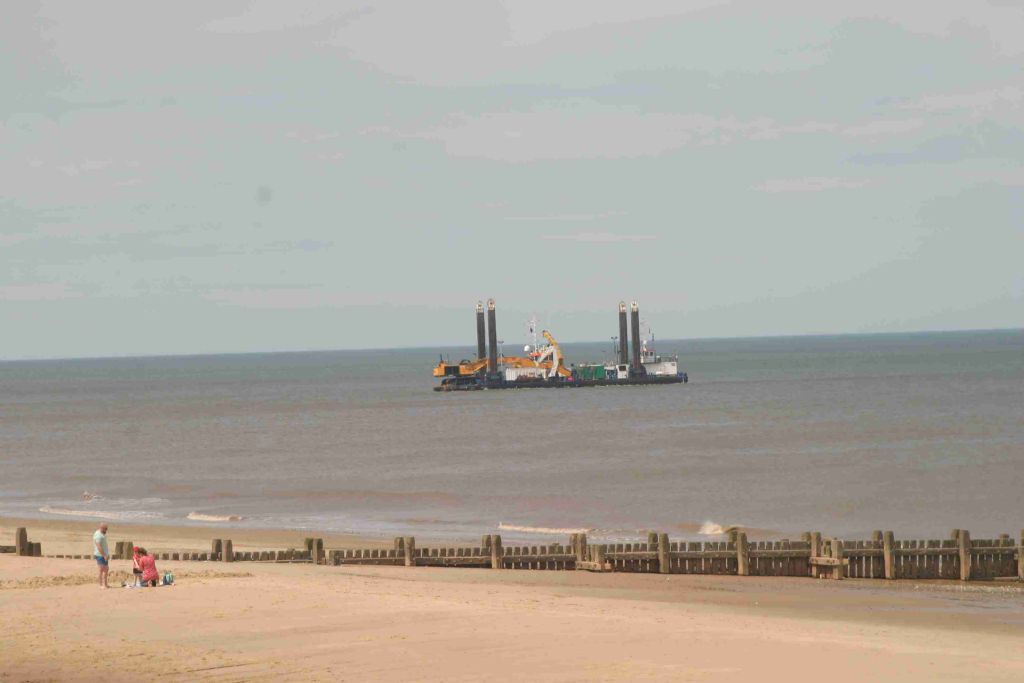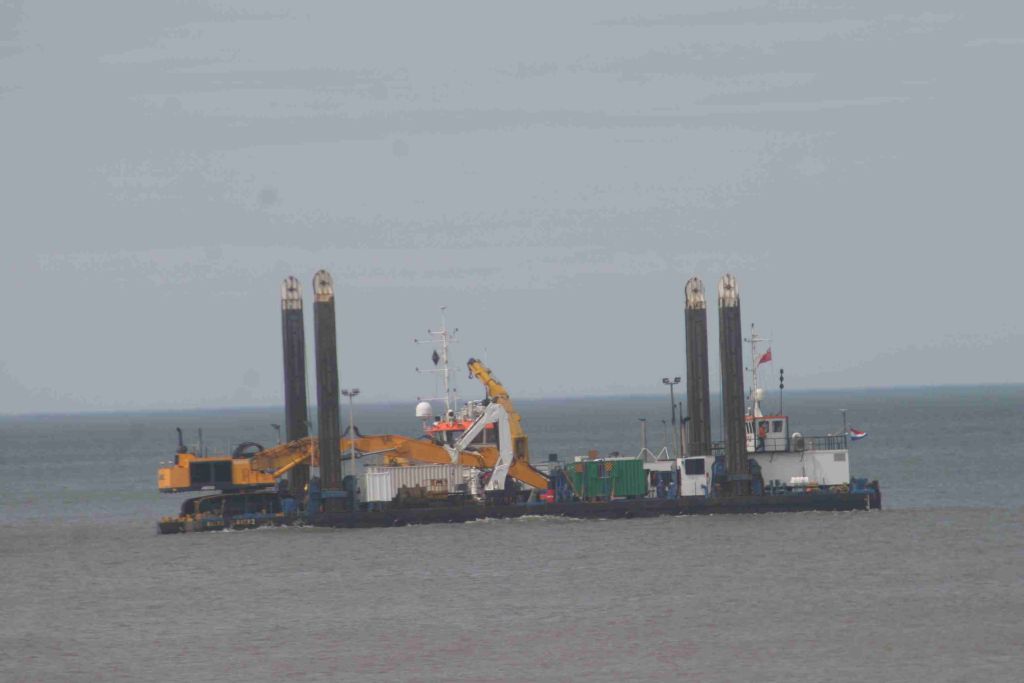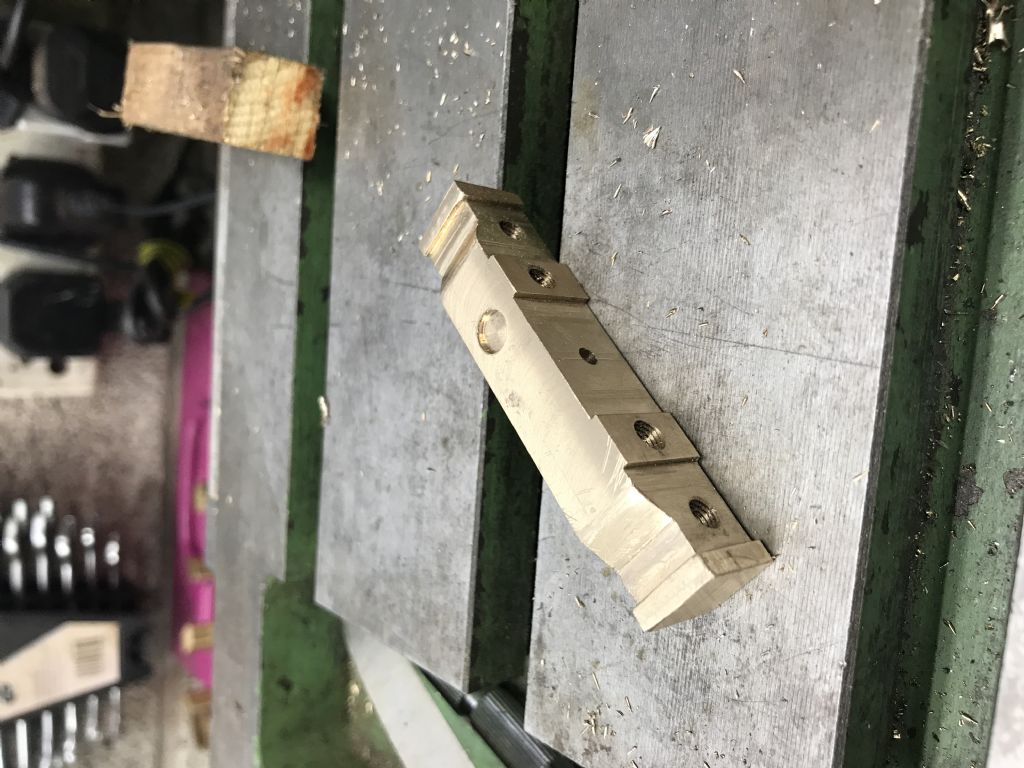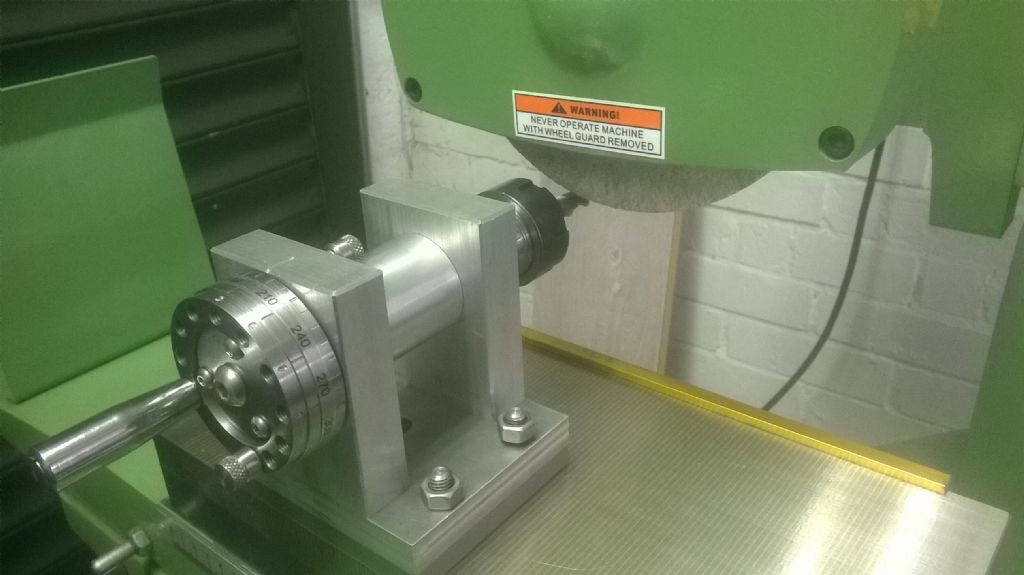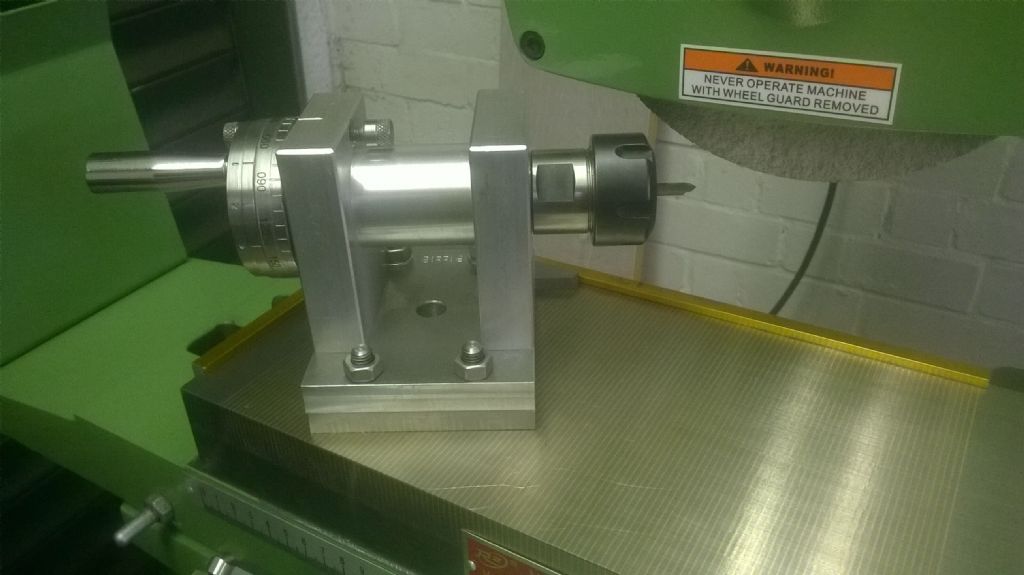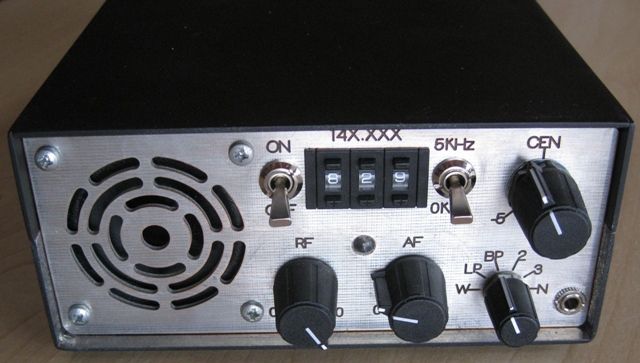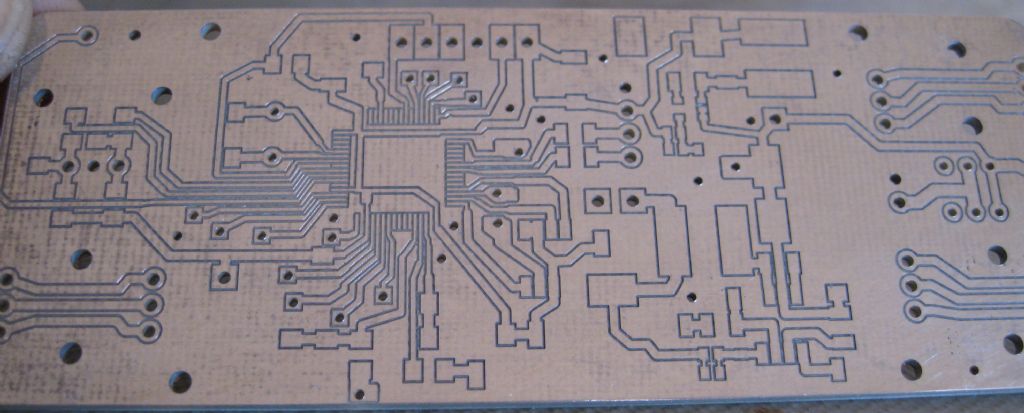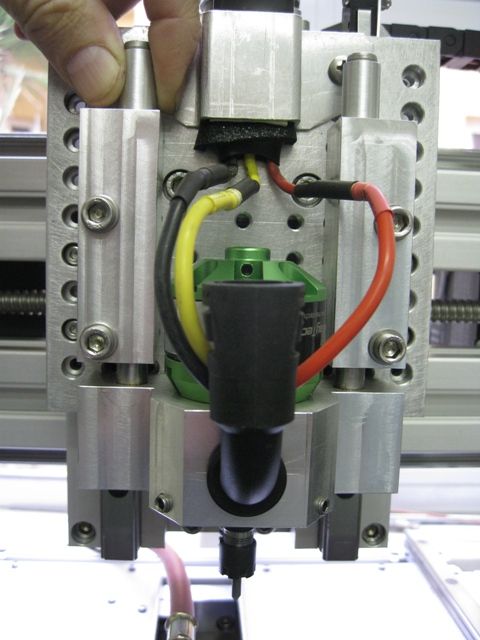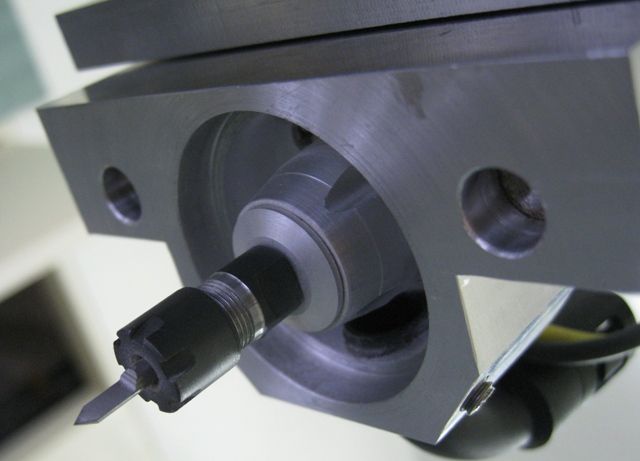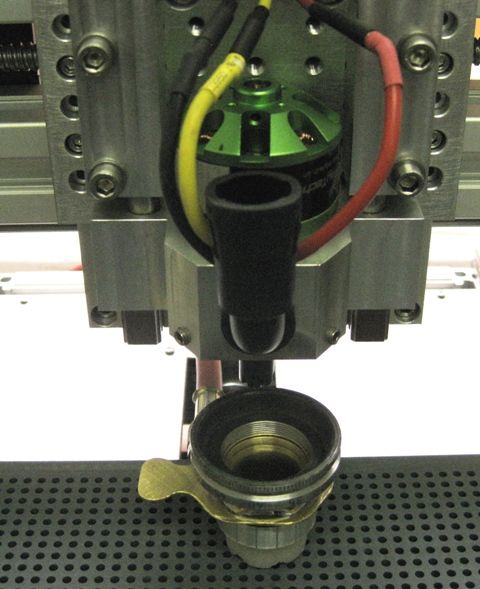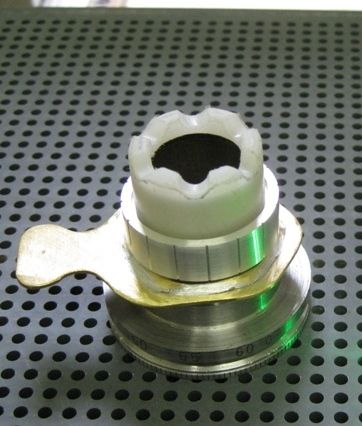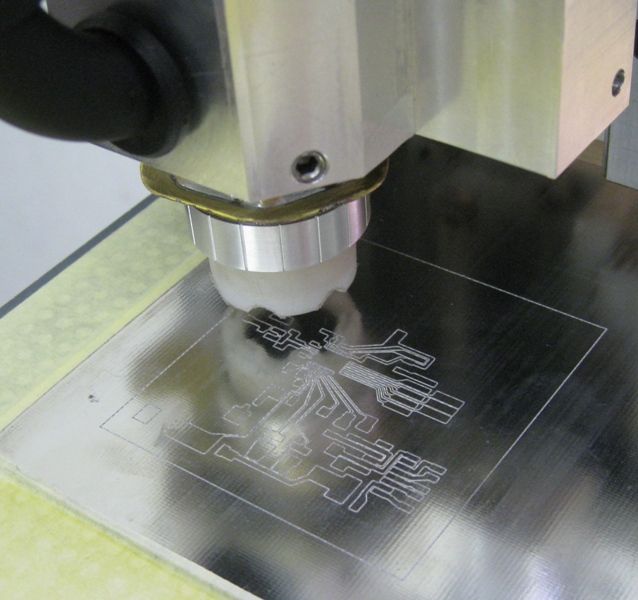Thank you Robjon, for your support & encouragement! Imperial knees – I like it!
'
By 'eck this site's log-in is so obtuse! I'd posted on the thread about acids, and the result was all my efforts to open this thread to reply kept putting me back there. I had to close the lot right back to the Desktop to make it work properly.
'
Anyway, yes, I am being very cautious. I can walk reasonable distances now, still on crutches, slowly and carefully.
Our physio- " terrorists " are not that bad at all. They don't force things along but assess your progress, select a menu of exercises and teach you them, then leave you to exercise at your own pace though to recommended frequency, at home for a few weeks before seeing you again.
I was there for the first session a week ago but the phsyiotherapist spotted potential complications and consulted a doctor – up-shot was a thrombosis scan (clear) but also antibiotics for an infection.
Driving? I asked last year, after the first op; and was surprised that the doctors and even more surprisingly, the insurers were quite sanguine about, telling me to leave driving until I was confident I could press the brake-pedal in an emergency stop. One doctor suggested simply sitting in the car in its parking-place, and trying it. Last year I had the operation in March, made a few short local journeys in quiet times in mid-June, and was able to attend the MSRVS Rally in Tewkesbury – I live in Weymouth so about 150 miles each way, but I visited the Rally on Sunday and stayed there overnight, helping the lighter duties in clearing the site. (As an MSRVS member.)
'
As for Caving and Geology –
Well, I was caving again gently from last August to the weekend before the operation this May, involved in a particular exploration project; but I'll never be able to do the sort of caving-trips I could years ago. And yes, I have worn knee-pads for that, for years, though most progress underground is by walking, not crawling. Geology-club field-trips have largely been out for a long time because Geology makes big steep hills and boulder-covered beaches.
Still, whilst convalescing I've written a couple of articles for my caving club's Journal, one on a related geological topic, so at least I've done some office-chair caving and geology!
Office-chair model-engineering too, still trying to teach myself TurboCAD, including using it in designing the steering-box for my 4"-scale steam-wagon I should have completed years ago. I'm certainly not yet up to standing at a milling-machine, or even at the drawing-board that dominates the dining-room. My only trips to the workshop so far have been to fetch the bird-seed to feed the ravening hordes of sparrows. It's amusing watching their antics – especially the two yesterday trying to make more sparrows!
'
Meanwhile the garden is becoming very Latinate, to the point the "lawn" will need the electric mower when I am fit enough to use it; but the rain has topped up the ponds via water-butt overflows, so the resident frogs are happy.
 Steviegtr.
Steviegtr.


